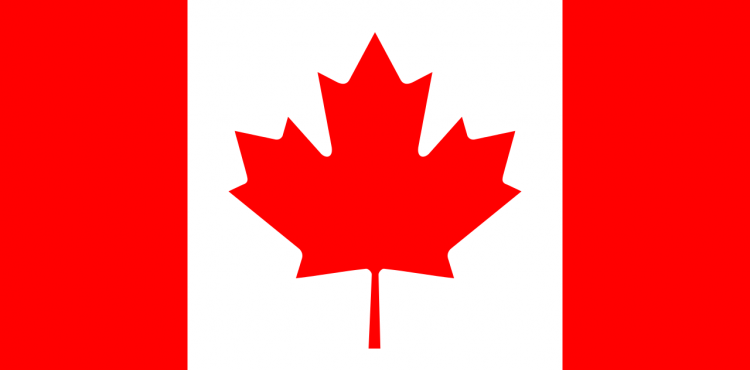
Canada is one of the world's largest economies, with a per capita GDP of around US $ 43,000 and an annual recorderd economic growth of between 1% and 3% (2015-2018). For the EU, Canada is the eleventh trading partner with a value of the exchange of goods amounting to about 63 billion euros in 2015. For Canada, Europe is the second largest market for the exchange of goods and services with a worth of over € 74 billion in 2015. Trade relations between Canada and Europe - and between Canada and Italy - are set to strengthen further thanks to the conclusion of the CETA (Comprehensive Economic Trade Agreement), the ambitious free trade agreement negotiated by Canada and the European Union. Signed in Brussels on the 30th October 2016, CETA entered into force on a provisional basis on 21st September 2017. Before entering fully into force, the treaty will have to be approved by national parliaments and, in some cases, by regional parliaments of the EU as well.
Divided into 30 chapters (plus annexes), the treaty deals with a wide range of topics: access to the market, public tenders, services, intellectual property rights, protection of geographical indications (GIs), rules of origin, mutual recognition of qualifications professional. Here are the main elements of the agreement:
Market access: European Union and Canada mutually open their markets thanks to the reduction of 99% of existing customs duties. On 21 September 2017, 98% of the current duties were eliminated. For the remaining products, the elimination of duties is gradual (in 3, 5 or 7 years). However, both parties retain some quotas for certain agricultural products. For some meats and sweetcorn, quotas are planned for imports into the EU, while import quotas for Canada are foreseen for dairy products. The exchange of poultry and eggs was not liberalized.
Protection of geographical indications (GI): Mortadella di Bologna, Feta, Camembert, Bratwurst and Parmigiano Reggiano are among the 145 European products to which protection will be guaranteed. Although, for some of them, Canada and the European Union have reached a compromise solution, CETA represents, however, an unprecedented result for the Community producers. Indeed, prior to the conclusion of the agreement, there was no legal protection in Canada for European geographical indications.
Service market: CETA is today the broadest agreement on the liberalization of the services market between the EU and a third country. Liberalized services include legal and accounting services, tourism, specialized maritime services, telecommunications and finance. For the provision in Canada of professional services of EU lawyers, accountants, architects and engineers, CETA provides for the removal of some barriers concerning citizenship and residence, so it will be easier for these professionals to access the Canadian market. Both parties maintain certain reservations listed in the annexes to the service chapters.
Mutual recognition of professional qualifications: the EU and Canada have established a common framework for the mutual recognition of professional qualifications. This will allow service providers to pursue professional activities in the host jurisdiction, in accordance with the terms and conditions specified in a previously agreed Mutual Recognition Agreement (MRA).
Public procurement: both sides open their respective markets; Canada will liberalize its public procurement market at all levels (national, regional and local). The calls for tenders and the related tenders will be published on a dedicated website. Both Canada and the European Union maintain certain reservations listed in the relevant annexes. At the local level, the greatest limitations relate to procurement on energy and public transport, especially in Ontario and Québec.
